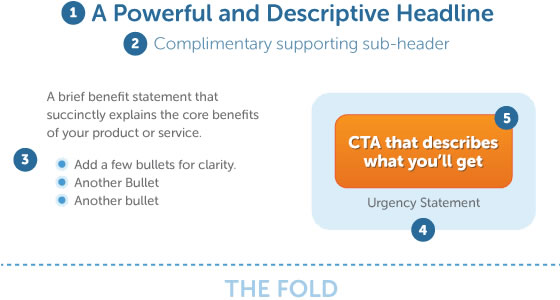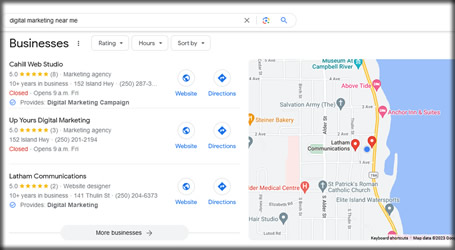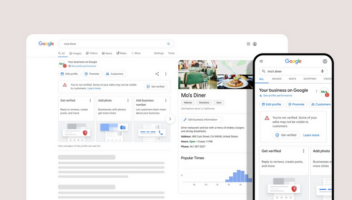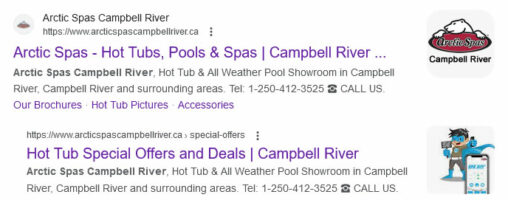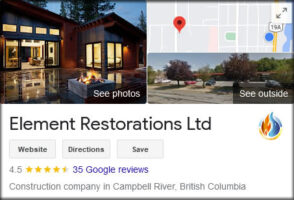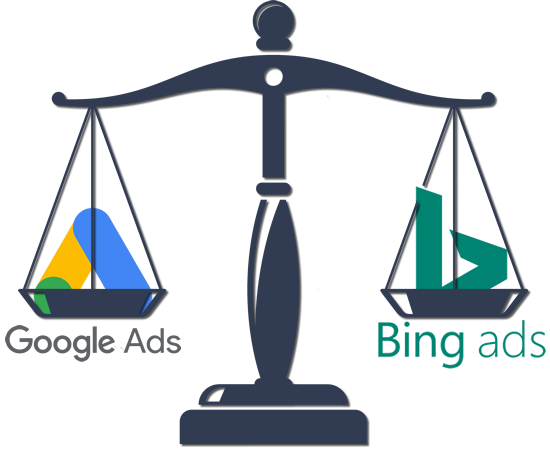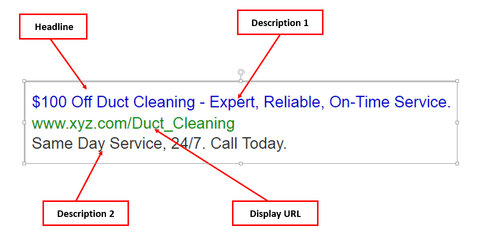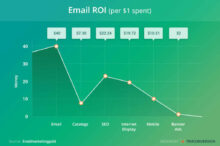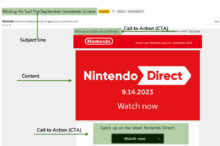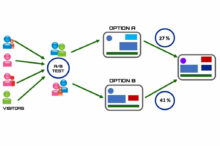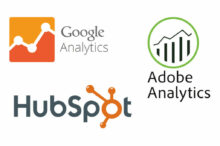
Your Comprehensive Digital Marketing Guide
Why Digital Marketing Matters:
Importance of Digital Marketing
In today’s digital age, having a strong online presence is no longer optional; it’s a necessity. Digital marketing is the backbone of any
successful business strategy, offering unparalleled reach, targeted engagement, and data-driven results. Whether you’re a small local shop or a burgeoning enterprise, digital marketing provides the tools to
level the playing field and compete with businesses of all sizes.
How Digital Marketing is Changing
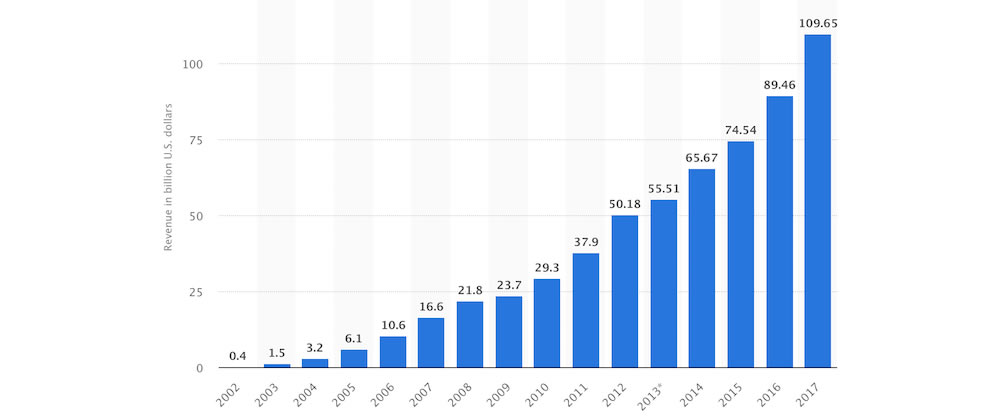
Who This Digital Marketing Guide is For?
 This guide is designed for business
This guide is designed for business
owners and marketers at every level of tech-savviness.
Whether you’re just starting your digital journey or looking to optimize your existing
strategies, this guide offers actionable insights to elevate your digital marketing game.

Different Channels and Their Importance
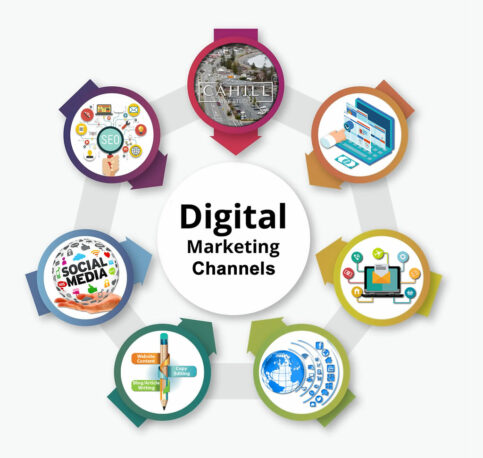
Sometimes understanding the landscape of digital marketing can seem like navigating a maze. But don’t worry, we’re here to guide you through it. Digital marketing is a multi-faceted discipline, and it’s essential to understand that not all channels will serve the same purpose or yield the same results.
Let’s break down some of the key channels and their importance:
Understanding the Digital Marketing Landscape:
A Key Section in Your Digital Marketing Guide
Search Engine Optimization (SEO)
In this Digital Marketing Guide, SEO stands out as one of the most
important channels. It’s the art and science of ranking your website on search engines. The higher you appear in search results, the more organic
traffic you’ll attract. SEO is a long-term investment but offers
high ROI.

Pay-Per-Click Advertising (PPC)

Social Media Management
Often considered a subset of Social Media Marketing, Social Media Management focuses on the day-to-day operation of your social accounts. This includes content planning, posting schedules, and community engagement. Effective management is key to a successful social media strategy.
Social Media Marketing
In today’s Digital Marketing Guide, ignoring social media is not an option. Platforms like Facebook, Instagram, and Twitter allow you to engage directly with your audience. Social media is excellent for brand awareness and customer engagement.
Email Marketing
Often overlooked in many a Digital Marketing Guide, email marketing is the old but gold channel of digital communication. It’s incredibly cost-effective and excellent for customer retention.
Content Marketing
Last but not least in this Digital Marketing Guide is content marketing. This involves creating valuable content like blogs, videos, and infographics to attract and engage your audience. Content marketing is excellent for establishing authority and improving SEO.
Wrapping up
Different Channels and Their Importance
Understanding the digital marketing landscape is crucial for any business owner, especially if you’re at a beginner to intermediate tech level. Each channel has its unique benefits and drawbacks, and the key to a successful digital marketing strategy is knowing how to leverage each one effectively. By following this section of your Digital Marketing Guide, you’ll gain a clearer understanding of the various channels available to you and how to use them to your advantage.
Internal Link: What services are offered by a digital marketing agency?
 How They All Fit Together
How They All Fit Together
Think of digital marketing as a puzzle, where each piece represents a different channel. When these pieces come together in a cohesive strategy, you can achieve synergistic results that are greater than the sum of their parts.
How do you measure the success of a digital marketing campaign?
Website Optimization: The Foundation of Your Online Presence
Importance of a Well-Designed Website
Your website is your digital storefront, and just like a physical store, it needs to be inviting, organized, and functional. A well-designed website not only attracts visitors but also keeps them engaged, ultimately leading to higher conversion rates.
What are the benefits of hiring a digital marketing agency?
Why Good Website Design Is Important:
User Experience and Its Impact on Conversion
Welcome to another essential chapter in your Digital Marketing Guide. You might be wondering why your website isn’t converting as well as you’d like. The answer often lies in the user experience, commonly known as UX.
 What is User Experience (UX)?
What is User Experience (UX)?
In the simplest terms, user experience is how a person feels when interacting with your digital product, which in this case is your website. A good UX is seamless, intuitive, and user-friendly. It’s not just about having a pretty design; it’s about creating an environment that makes it easy for visitors to become customers.
What services are offered by a digital marketing agency?
Mobile Optimization
With the majority of web traffic now coming from mobile devices, mobile optimization is no longer optional; it’s a necessity. A mobile-friendly website not only improves user experience but also boosts your SEO rankings.
Why Mobile Optimization Is Important
Why Does UX Matter in Your Digital Marketing Guide?
You might have the best digital marketing strategy in the world, but if your website’s UX is poor, you’re fighting a losing battle. In this Digital Marketing Guide, we emphasize that UX is the backbone of conversion rates. A well-designed UX can increase your conversions by up to 400%, according to some studies.
 Elements of Good UX
Elements of Good UX
In your Digital Marketing Guide, you’ll find that good UX involves several elements:

Fast Load Times:
Nobody likes to wait. If your website takes too long to load, you risk losing potential customers.

Intuitive Navigation:
Your website should be easy to navigate. Menus should be straight forward, and it should be simple for users to find what they’re looking for.

Mobile Responsiveness:
With the majority of searches now happening on mobile, your website must be mobile-friendly.

Clear Calls to Action (CTAs):
Every page should have a clear objective and guide the user towards a specific action, like making a purchase or signing up for a newsletter.

Quality Content:
Last but not least in this Digital Marketing Guide is the importance of quality content. Your content should be engaging, informative, and add value to the user’s experience.
 Wrapping up
Wrapping up
Understanding the impact of user experience on conversion rates is crucial for any business owner, especially if you’re at a beginner to intermediate tech level. By focusing on UX, you’re not just making your website more enjoyable for your visitors; but also increasing your chances of turning them into customers.
So, as you go through this Digital Marketing Guide, don’t skip over the UX sections. They could be the key to unlocking the full potential of your digital marketing strategy.
 CTA Placements
CTA Placements
Strategically placed Call-to-Action (CTA) buttons can significantly
impact your conversion rates. Whether it’s a ‘Buy Now’ or ‘Learn More’
button, the placement and wording of your CTAs can make or break your
sales funnel.SEO: The Long Game for Online Success

What is SEO?
SEO stands for Search Engine Optimization. It’s the practice of optimizing your website to rank higher in search engine results, primarily Google. Think of it as the long game in your Digital Marketing Guide; it’s a marathon, not a sprint.
Why SEO is a Long-Term Strategy
SEO is not an overnight success story. It requires consistent effort, from optimizing your website’s technical aspects to creating quality content. But the ROI can be substantial, driving organic traffic and boosting your online visibility.
On-Page vs. Off-Page SEO: A Balanced Approach in Your Digital Marketing Guide
As you delve deeper into this Digital Marketing Guide, you’ll encounter two critical aspects of SEO: On-Page and Off-Page. Understanding the difference between the two is vital for a balanced SEO strategy.
What is On-Page SEO?
On-Page SEO refers to all the elements you can control directly within your website. This includes:
- Meta Descriptions: Short snippets that describe the content of your page.
- Keywords: The terms you want to rank for, included naturally within your content.
- Internal Linking: Links that go to other parts of your own website.
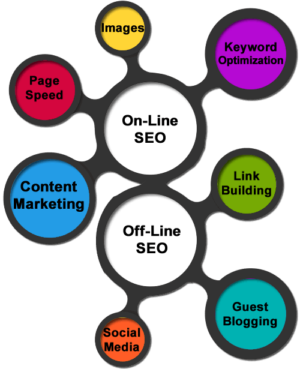
What is Off-Page SEO?
Off-Page SEO involves factors outside of your website that affect your ranking. This includes:
- Backlinks: Links from other websites that point to yours. The more authoritative the site, the better.
- Social Signals: Engagement on social media platforms can indirectly influence your SEO.
- Online Reviews: Positive reviews on platforms like Google My Business can boost your SEO.
Balancing the Two
In your Digital Marketing Guide, you’ll learn that a successful SEO strategy involves a balanced approach to both On-Page and Off-Page SEO. While On-Page gets your site optimized and ready, Off-Page helps build authority and credibility in the digital world.
Local SEO Strategies: A Must-Know in Your Digital Marketing Guide
If your business relies on local customers, then this
section of your Digital Marketing Guide is for you. Local SEO is all
about making your business visible for geographically-related searches.
What is Local SEO?
Local SEO focuses on optimizing your website to appear in local
search results. This involves using location-based keywords and creating
local content.
Key Local SEO Strategies:
Tools for SEO: A Chapter in Your Digital Marketing Guide
In your journey through this Digital Marketing Guide, you’ll come across the term SEO quite often. But how do you actually implement it? The answer lies in using the right tools.
Why Tools Matter in SEO
SEO isn’t just about knowing what to do; it’s also about knowing how to do it efficiently. This is where SEO tools come into play. They help you automate tasks, analyze data, and make informed decisions.
Popular SEO Tools:
Google Analytics: For tracking website performance.
SEMrush or Ahrefs: For keyword research and competitor analysis.
Moz: For link building and domain authority checks.
Each of these tools offers something unique, and using them in tandem can provide a comprehensive SEO strategy. So, as you navigate this Digital Marketing Guide, remember that tools are your friends in the SEO world.
PPC Advertising: Quick Wins for Your Business in Your Digital Marketing Guide
What is PPC?
Pay-Per-Click (PPC) advertising is more than just a buzzword; it’s a cornerstone of digital marketing. In this Digital Marketing Guide, you’ll learn that PPC is a model where you pay each time someone clicks on your ad. It’s a fast-track method to drive targeted traffic to your website, offering immediate results.
Why PPC Matters:
In a world where organic reach is becoming increasingly difficult, PPC serves as a reliable alternative to get your business in front of potential customers quickly.

Google Ads vs. Bing Ads: A Chapter in Your Digital Marketing Guide
Google Ads might be the go-to platform for PPC, but don’t underestimate Bing Ads. In this section of your Digital Marketing Guide, you’ll discover that the choice between the two often boils down to your target audience and budget.
Google Ads:
- Pros: Larger audience, more features.
- Cons: Higher competition, potentially higher costs.
Bing Ads:
- Pros: Lower competition, often cheaper clicks.
- Cons: Smaller audience, fewer features.
Tip: Consider using both platforms to maximize reach and ROI.
Crafting Compelling Ad Copy: A Must-Read in Your Digital Marketing Guide
The success of your PPC campaign isn’t just about where you advertise
but how. Crafting compelling ad copy is crucial. In this Digital
Marketing Guide, you’ll learn that your ad copy should be:
- Relevant: Matches the intent of the searcher.Action-oriented
- Compelling: Grabs attention and sparks interest.
- Action-Oriented: Includes a strong call-to-action (CTA) to prompt user engagement.
Budgeting and ROI: The Numbers Game in Your Digital Marketing Guide
PPC isn’t just about spending money; it’s about spending it wisely.
In
this part of your Digital Marketing Guide, you’ll understand that
setting a budget and tracking your ROI are essential steps in maximizing
the effectiveness of your campaigns.
Key Points:
- Set a Budget: Know what you’re willing to spend.
- Track Metrics: Use tools like Google Analytics to monitor performance.
- Adjust: Be prepared to tweak your campaigns based on performance data.
Social Media Marketing: Building Your Brand Community

Choosing the Right Platforms
When it comes to social media, one size doesn’t fit all. Your business might thrive on Instagram but barely make a ripple on LinkedIn. The
trick is to identify where your target audience hangs out. Conduct market research or use analytics tools to pinpoint the platforms that
are most effective for your business. Remember, being on every platform isn’t necessary; being where your audience is, is what counts.
In this Digital Marketing Guide, we emphasize the importance of choosing
the right social media platforms as a cornerstone of your online
strategy.

Content Strategies for Social Media
Content is king, but context is queen. Your social media content should not only be engaging but also relevant to the platform you’re using. For instance, short, snappy videos might work well on TikTok, while in-depth articles are more suited for LinkedIn. A content calendar can help you plan and execute a balanced content strategy that resonates with your audience.
This Digital Marketing Guide recommends a well-thought-out content strategy as a key element in your social media success.

Influencer Partnerships
Influencer marketing is more than just a buzzword; it’s a strategy that can skyrocket your brand’s reach and credibility. However, the key is to collaborate with influencers who genuinely align with your brand values and can authentically engage with your target audience. Vet potential influencers carefully and set clear KPIs to measure the success of your partnerships.
As part of your Digital Marketing Guide, consider influencer partnerships as a powerful tool to amplify your brand’s voice.
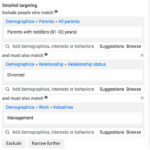
Social Media Advertising
While organic reach is valuable, paid social media advertising offers the precision of targeting specific demographics like age, location, and interests. This allows you to tailor your message to different audience segments and achieve varied business objectives, from brand awareness to lead generation.
This Digital Marketing Guide advises leveraging both organic and paid strategies for a well-rounded social media advertising approach.
Content Marketing: The Art of Storytelling

Types of Content:
Blogs, Videos, Podcasts
In this Digital Marketing Guide, it’s crucial to understand that content marketing isn’t a one-size-fits-all approach. Blogs are excellent for in-depth explanations and SEO benefits. Videos are great for visual learners and can be more engaging. Podcasts offer convenience as people can listen on the go. Knowing your audience will help you pick the right format to deliver your message effectively.

Content Planning
and Calendar
A content calendar is an essential tool in your Digital Marketing Guide
toolkit. It’s not just about what you post; it’s also about when and
where you post it.
Consistency is key, and a well-planned calendar helps
you maintain it. Use tools like Google Calendar or specialized content
planning software to keep track of your posting schedule.

Storytelling
Techniques
Storytelling adds an emotional layer to your content, making it more relatable and memorable for your audience.
Content Promotion
Strategies
Email Marketing: Keeping the Conversation Going
Importance of Email Marketing
In the digital age, email marketing remains a cornerstone of effective communication and conversion. Contrary to popular belief, it’s not an outdated method but a dynamic channel that offers one of the highest ROIs in digital marketing. In this Digital Marketing Guide, we emphasize that email marketing is a powerful tool for nurturing leads, driving customer engagement, and boosting sales.
Crafting Compelling Emails
Segmentation and Personalization
A/B Testing
Analytics: Measuring Your Success
Importance of Data-Driven Decisions
In today’s competitive landscape, gut feelings and hunches won’t cut it.
Making data-driven decisions is crucial for the success of your digital
marketing efforts.
This Digital Marketing Guide emphasizes that
leveraging accurate data can help you identify what’s working and what’s
not, allowing you to allocate resources more effectively and achieve
better ROI.
Key Performance Indicators (KPIs)
In this Digital Marketing Guide, we explore how to identify the KPIs that are most relevant to your business goals and how to track them consistently.
Tools for Analytics
This Digital Marketing Guide recommends starting with a tool that aligns with your specific needs and scaling up as you become more comfortable with data interpretation.
Conclusion: Your Next Steps in Digital Marketing
Summary of Key Takeaways
Congratulations, you’ve made it to the end of this comprehensive Digital Marketing Guide! You’ve learned about the importance of digital marketing and explored its various facets—from SEO and PPC to social media and analytics. The key takeaway? Digital marketing isn’t a one-size-fits-all endeavor. It’s a dynamic, evolving field that requires a strategic approach, ongoing effort, and the flexibility to adapt to new trends and technologies.
Action Plan Template
You’re not just reading this Digital Marketing Guide for fun—you’re here to take action. Start by setting clear, achievable goals. What do you want to accomplish in the next quarter? The next year? Once you have your goals, identify the KPIs that will help you measure your success. Create a timeline and an action plan. Then, it’s all about execution. Implement your strategies, measure their effectiveness through analytics, and refine your approach based on the data.
Additional Resources
If you’re hungry for more, you’re in luck. The world of digital marketing is rich with resources to help you continue your education. From online courses and webinars to books and podcasts, there’s a wealth of information at your fingertips. This Digital Marketing Guide is just the beginning of your journey.

 How They All Fit Together
How They All Fit Together
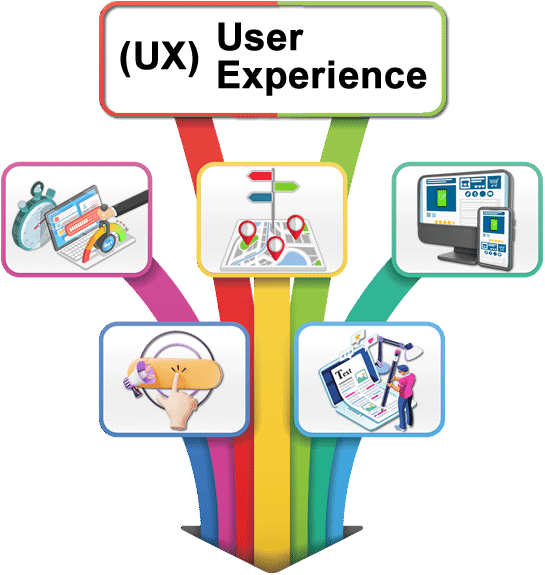 What is User Experience (UX)?
What is User Experience (UX)?